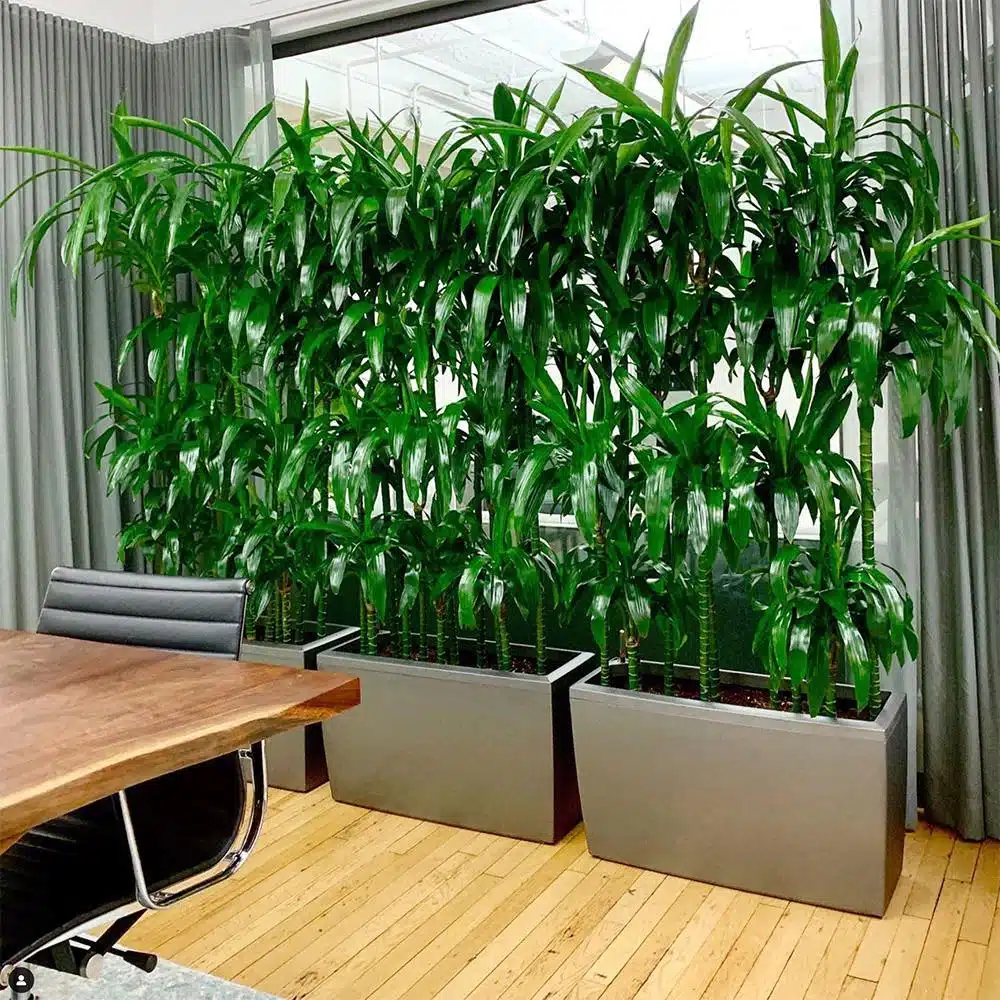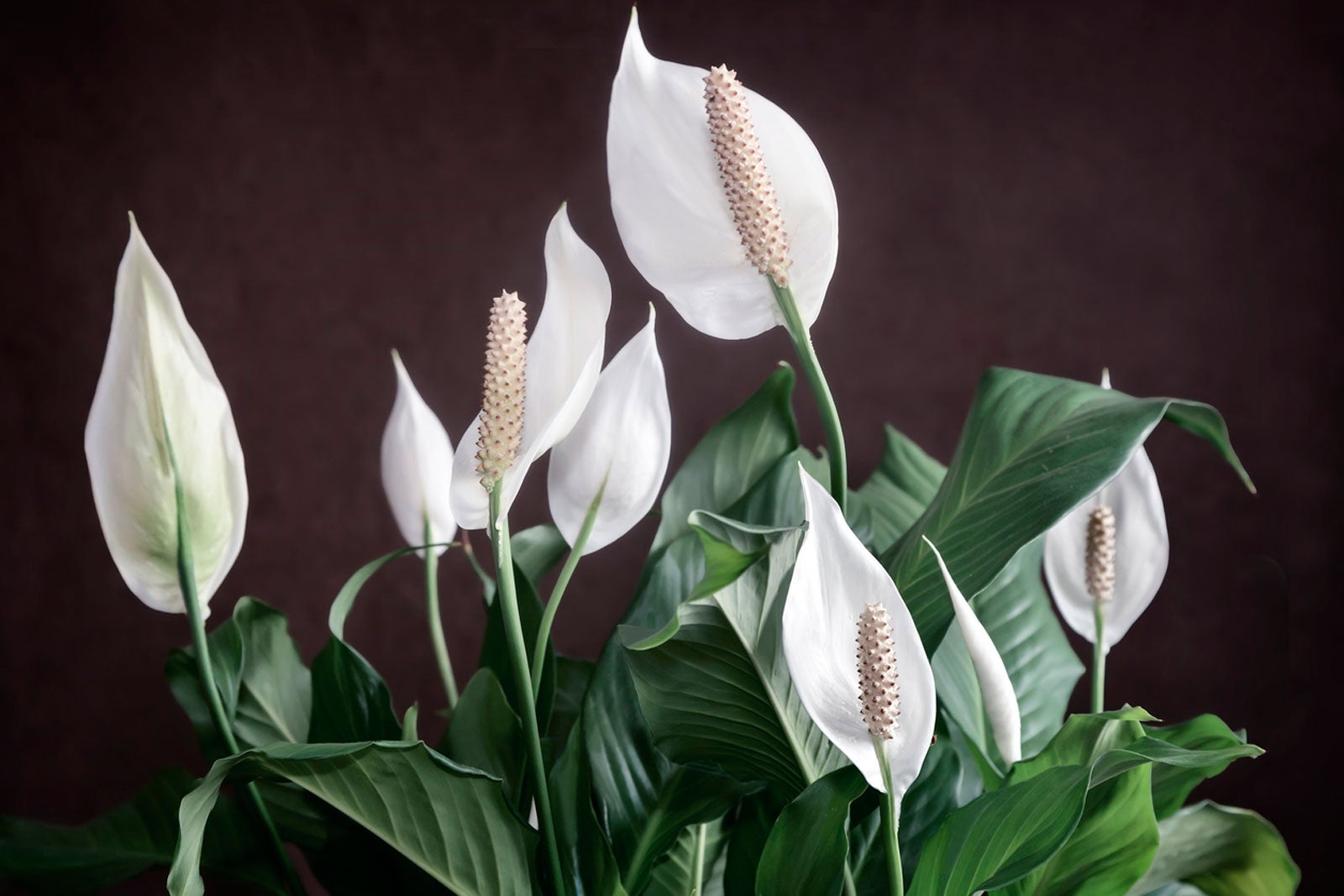The Best Low-Light Indoor Plants You Can Grow Without Natural Light
The Best Low-Light Indoor Plants You Can Grow Without Natural Light
Blog Article
Transform Your Home With Beautiful Low-Light Indoor Plants and Their Benefits
Including low-light interior plants right into your home can significantly enhance both the ecological and aesthetic high quality of your space. These plants, which prosper in dim problems, offer not just as attractive components however additionally as all-natural air cleansers, making them suitable for metropolitan occupants or those with minimal sunshine direct exposure. As we check out the various types of low-light plants and their benefits, you may locate shocking methods to integrate them into your home that can transform your environments in means you may not have anticipated.
Advantages of Low-Light Plants
Low-light plants use various advantages for interior settings, making them a superb option for both beginner and experienced garden enthusiasts. Among the main benefits is their flexibility to low-light conditions, permitting people to enhance their living spaces without the need for extensive sunshine exposure. This characteristic makes them perfect for homes, offices, and various other areas with minimal natural light.

Furthermore, integrating low-light plants into home decor can boost the aesthetic appeal of a space. Their rich foliage and varied structures produce a soothing environment, adding to total health. The visibility of plant has been linked to lowered stress and anxiety degrees and improved efficiency, making low-light plants a functional option for improving both physical and psychological health and wellness in indoor setups.
Leading Low-Light Indoor Plants
While several indoor plants grow in bright light, numerous species are especially fit for low-light conditions, making them suitable for various indoor areas. One preferred choice is the Snake Plant (Sansevieria), recognized for its striking upright fallen leaves and resilience, needing marginal care. Another exceptional alternative is the Pothos (Epipremnum aureum), which features heart-shaped leaves and can track perfectly from hangers or shelves, prospering in reduced light and including a lush touch.
The ZZ Plant (Zamioculcas zamiifolia) is celebrated for its glossy leaves and ability to stand up to forget, making it excellent for busy lifestyles. Similarly, the Peace Lily (Spathiphyllum) not only tolerates low light but likewise creates sensational white blossoms, boosting any kind of area's visual.
For an unique touch, take into consideration the Cast Iron Plant (Aspidistra elatior), which without a doubt meets its name, thriving in the darkest edges of your home. Last but not least, the Chinese Evergreen (Aglaonema) supplies a range of leaf patterns and colors while being exceptionally flexible in low-light problems. These plants not just enhance indoor settings yet likewise contribute to air filtration, boosting your home.
Treatment Tips for Low-Light Plants

Watering techniques are important; these plants often favor somewhat completely dry conditions. Overwatering can bring about root rot, so guarantee that the leading inch of soil is dry prior to watering once again. Usage pots with drainage holes to permit excess dampness to leave.
Moisture is another essential variable. Many low-light plants, such as ferns and tranquility lilies, take advantage of higher humidity degrees. To increase humidity, think about misting the fallen leaves or placing a tray of water near the plants.
Fertilization must be come close to with caution. During the growing season, make use of a diluted, balanced liquid fertilizer on a monthly basis to sustain growth, but prevent feeding throughout the inactive wintertime months.

Creative Ways to Show Plants
Indoor plants can act as exciting focal factors in any area, boosting both visual allure and setting. Imaginative displays can elevate the aesthetic impact of low-light plants, making them an integral part of your home decor. One effective method is to use tiered plant stands, which allow you to showcase numerous plants at differing elevations while maximizing flooring room.
Hanging planters are an additional cutting-edge choice, producing a sense of depth and drawing the eye upward. Consider site link macramé wall mounts or wall-mounted racks to introduce a distinct texture and design.
For an extra structured method, usage geometric terrariums or glass containers to house your plants, including a contemporary touch to your indoor yard. You can likewise repurpose vintage things, such as teacups or wood cages, for an eclectic display screen that shows your personality.
Enhancing Home Setting With Plants
Integrating low-light plants into your home not just enhances aesthetic charm but additionally contributes considerably to the overall atmosphere. These plants act as all-natural design components, presenting a sense of harmony that can transform any kind of room. The visibility of greenery cultivates a soothing ambience, which is especially beneficial in high-stress settings such as home offices or living areas.
Low-light plants, such as snake plants, pothos, and ZZ plants, are not only cosmetically pleasing however additionally enhance interior air quality by filtering system pollutants. This double feature enhances the setting further, producing a healthier space (Best low-light indoor plants). The strategic placement of these plants can additionally influence the assumption of area; for circumstances, tall plants can attract the eye up, making ceilings show up greater and rooms a lot more roomy
Moreover, differing textures and colors of vegetation add deepness to indoor style, permitting creative expression in home styling. Whether put on racks, in corners, or as centerpieces, low-light plants can raise the state of mind of any type of room. In summary, incorporating these plants into your home is an efficient method to cultivate a cozy, welcoming atmosphere while reaping the benefits of improved air high quality and aesthetic adaptability.
Verdict
Integrating low-light indoor plants right into home settings uses various benefits, consisting of improved aesthetic appeal and enhanced air quality. These resistant plants, such as the Serpent Plant and Peace Lily, call for very little light and maintenance, making them ideal for diverse lifestyles.
While several interior plants thrive in bright light, numerous species are particularly fit for low-light problems, making them suitable for different indoor areas. One effective approach is to utilize tiered plant stands, which allow you to display multiple plants at differing elevations while making the most of flooring area.
Low-light plants, such as serpent plants, pothos, and ZZ plants, are not just aesthetically pleasing yet additionally boost interior air high quality by filtering toxins. Best low-light indoor plants. The critical placement of these plants can likewise affect the understanding of space; for circumstances, high plants can draw the eye Resources up, making ceilings show up greater and rooms extra roomy
These resistant plants, such as the Serpent Plant and Peace Lily, need minimal light and maintenance, making them ideal for varied way of livings.
Report this page